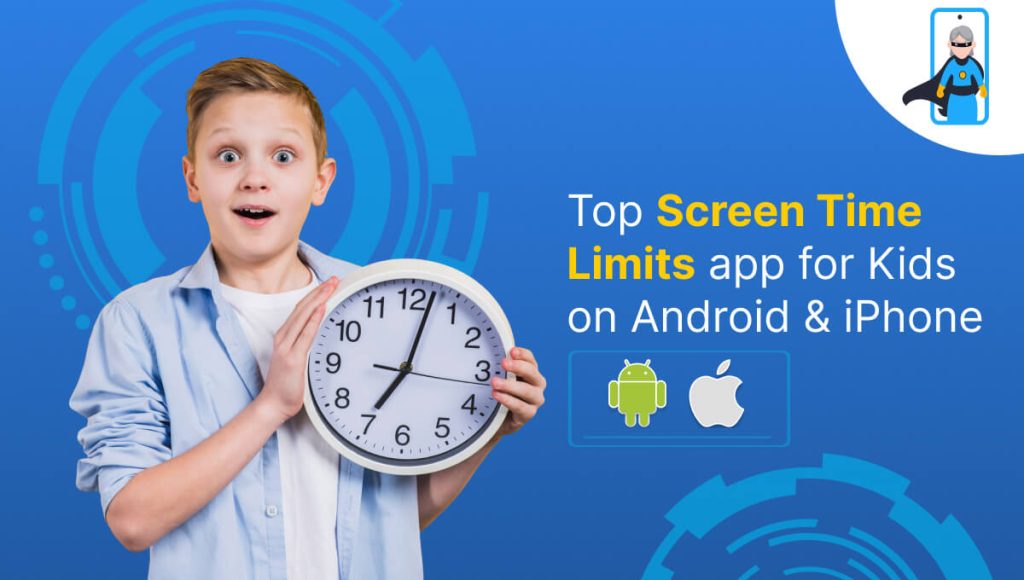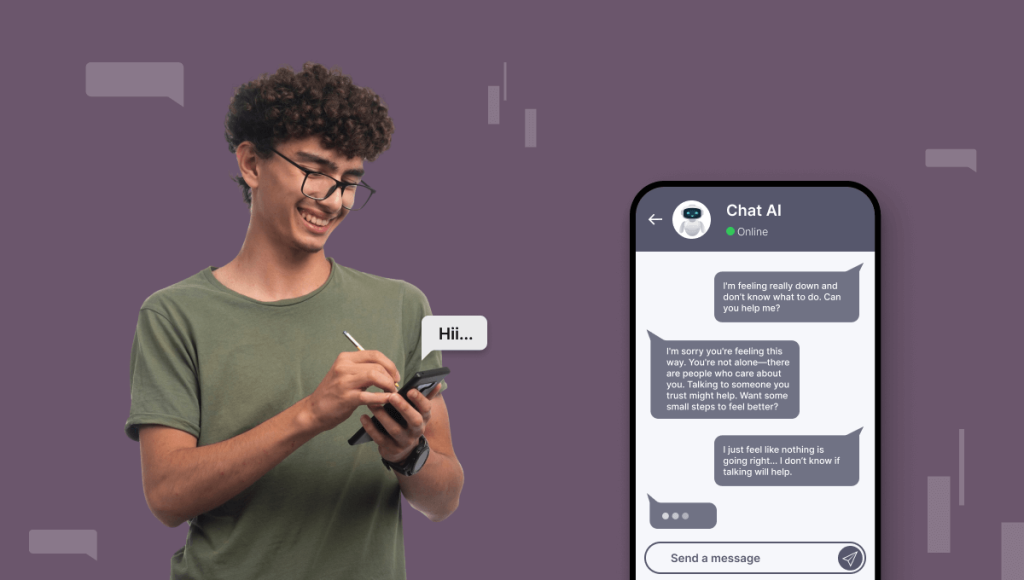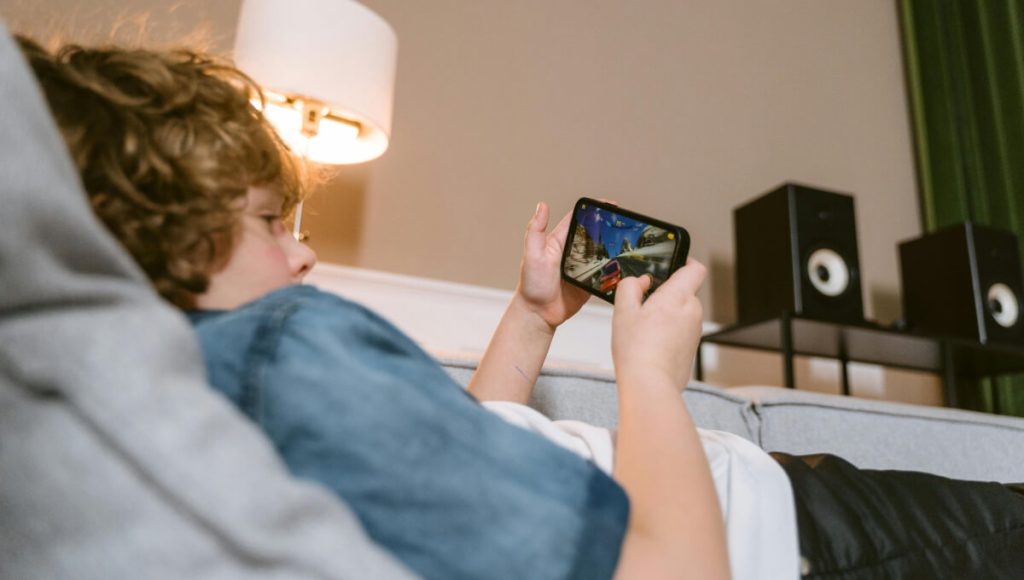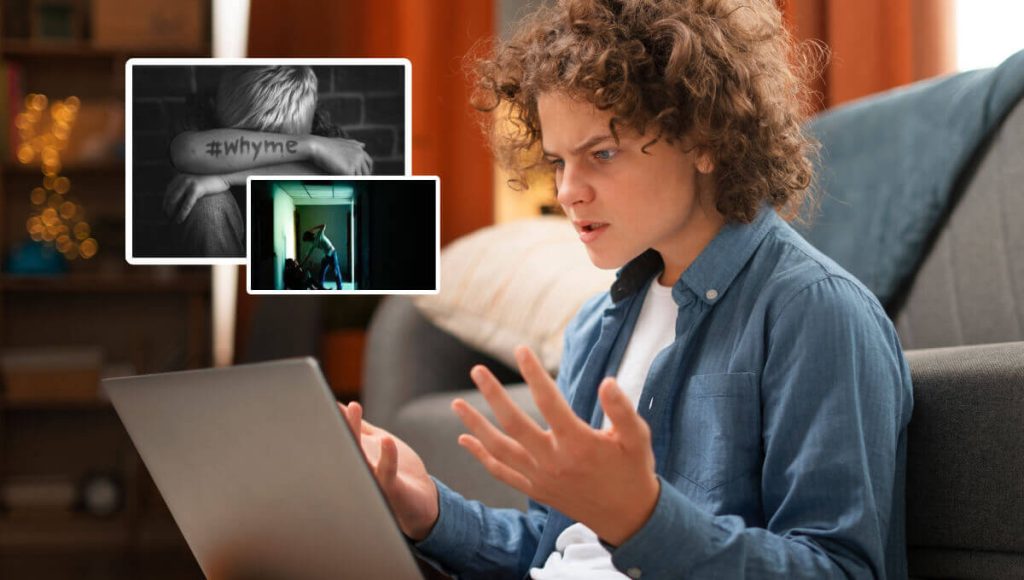
Understanding Virtual Violence
Virtual violence refers to any form of aggressive behavior depicted through digital media. It includes violent video games, action-packed movies, social media content, and even aggressive behavior in cartoons. Whether through direct combat scenarios in games like Call of Duty and Fortnite or intense fight scenes in superhero films, virtual violence is deeply embedded in children’s digital experiences.
Children in the U.S. spend an average of 4-7 hours daily consuming media, making exposure to violent content almost inevitable. Popular video games, trending shows, and viral social media videos often contain aggressive elements that can impact young minds. With algorithms sometimes pushing violent content even without active searches, parents must be vigilant about what their children consume online.
A Report from the American Psychological Association highlights the Average number of hours a day that U.S. teens spend using seven popular social media apps, with YouTube, TikTok, and Instagram accounting for 87% of their social media time. Specifically, 37% of teens say they spend 5 or more hours a day, 14% spend 4 to less than 5 hours a day, 26% spend 2 to less than 4 hours a day, and 23% spend less than 2 hours a day on these three apps.
The Psychological Effects of Virtual Violence on Children
1. Emotional Consequences
Exposure to virtual violence can trigger fear, anxiety, and stress. Young children may struggle to differentiate between screen violence and real life, leading to nightmares or heightened anxiety. Older children may experience lingering anxiety or even panic attacks, which can contribute to long-term emotional distress such as depression and phobias.
2. Behavioral Changes
Virtual violence can influence children’s behavior, making them more aggressive or emotionally volatile. Kids may mimic violent behaviors, exhibit increased irritability, or develop a tendency to resolve conflicts aggressively. Others may become withdrawn, avoiding social interactions and activities they once enjoyed.
3. Cognitive Impact
Frequent exposure to violent content can affect attention span and learning abilities. Children may struggle with focus in school, experience academic setbacks, or develop impulsive reactions to everyday situations. Moreover, seeing conflict resolved through aggression in the media can impair their ability to handle real-life problems rationally.
Long-Term Effects of Virtual Violence
1. Increased Risk of Mental Health Disorders
Prolonged exposure to violent digital content has been linked to mental health issues such as PTSD, anxiety, and depression. Children may develop heightened stress responses, avoidance behaviors, difficulty managing fear and worry.
2. Social Relationship Challenges
Children who become desensitized to violence may struggle with social interactions. They might resort to aggressive behavior in conflicts or withdraw from social circles altogether, leading to loneliness and difficulty forming healthy relationships.
3. Physical Health Concerns
Elevated stress levels from violent content can lead to headaches, stomachaches, and disrupted sleep patterns. Additionally, excessive screen time associated with violent media can contribute to sedentary habits, increasing the risk of obesity and related health issues.
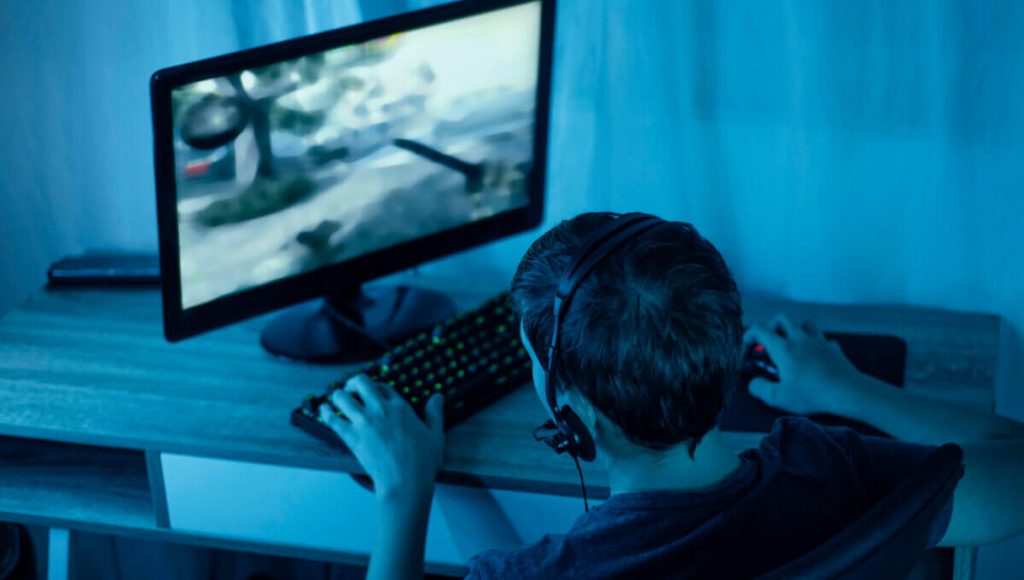
Reducing the Impact of Virtual Violence
– Risk Factors
Some children are more vulnerable to the effects of virtual violence due to factors such as lack of parental supervision, frequent exposure to violent media, and limited emotional support. Without proper guidance, they may develop unhealthy perceptions of aggression and conflict resolution.
– Protective Measures
- Parental Supervision: Monitoring screen time and setting content restrictions can help limit exposure to violent material.
- Open Communication: Encouraging discussions about media content can help children process what they see and differentiate between reality and fiction.
- Mental Health Support: Seeking counseling or therapy when necessary ensures children develop healthy coping mechanisms.
- Educational Awareness: Teaching children media literacy empowers them to make informed choices about the content they consume.
Monitor their Screen time, App usage, Screen Scanner, Live location and more with KidsNanny.
Prevention and Intervention Strategies
– Prevention Programs
- Media Literacy Education: Schools and community programs can teach children to recognize violent content and understand its impact.
- Parental Control Tools: Apps like KidsNanny Best Parental Control App help parents manage screen time limits, block inappropriate content, and monitor online activity.
- Community Support: Local initiatives can provide resources, workshops, and family support groups to address digital safety concerns.
– Intervention Approaches
- Cognitive-Behavioral Therapy: CBT is a common type of talk therapy (psychotherapy). Helps children manage anxiety and stress related to violent media exposure.
- Group Therapy: Provides a supportive environment for kids experiencing similar challenges.
- Trauma-Informed Care: Ensures interventions are tailored to children’s emotional needs.
- Parent-Child Counseling: Strengthens family relationships and helps children express their emotions constructively.
Role of Schools and Communities in Digital Safety
Schools and communities play a crucial role in protecting children from virtual violence. By integrating media literacy into the curriculum, offering counseling support, and promoting safe online behavior, educators and community leaders can help mitigate the negative effects of digital aggression.
Conclusion
Virtual violence is an increasing concern, with significant impacts on children’s mental health. From emotional distress and behavioral changes to long-term social and cognitive consequences, its effects can be profound. However, with proactive parental involvement, education, and the right digital tools, children can be guided toward healthier digital habits.
By using solutions like KidsNanny AI Powered Parental Control, parents can create a safer online environment, monitor their child’s digital activity, and encourage responsible screen use. Ensuring children’s well-being requires collective effort—parents, educators, and communities must work together to shield kids from the harmful effects of virtual violence while fostering positive digital experiences.
